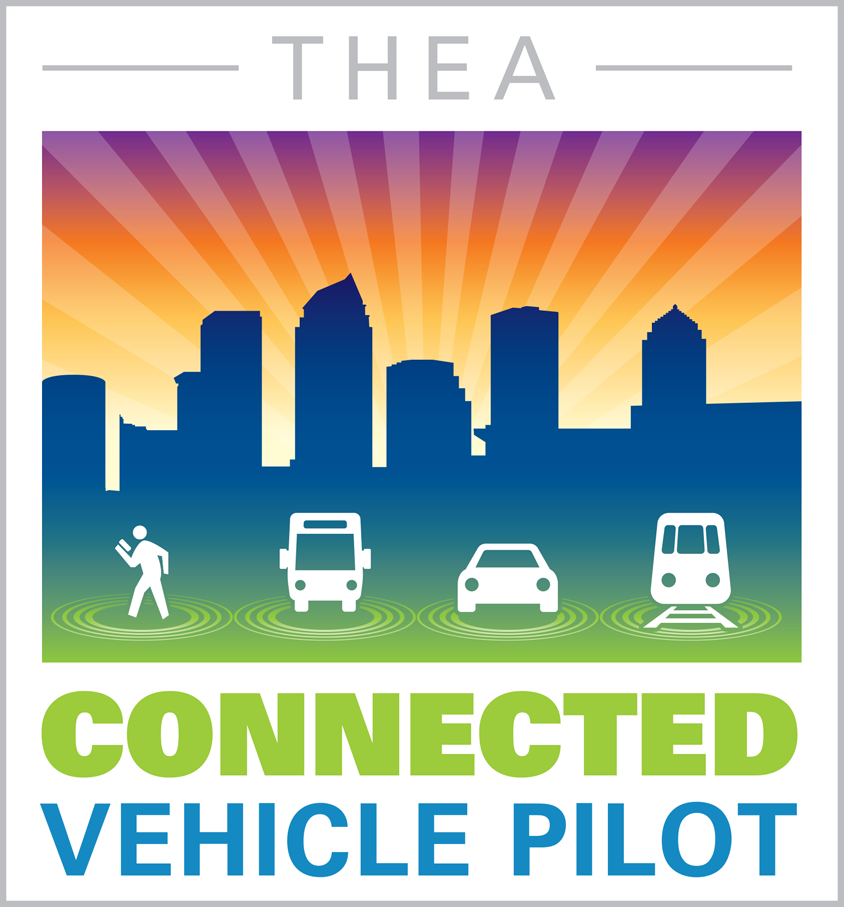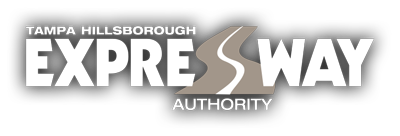The THEA Connected Vehicle Pilot is employing innovative vehicle-to-vehicle (V2V) and vehicle-to-infrastructure (V2I) communication technology to improve safety and traffic conditions in downtown Tampa.
Addressing Everyday Traffic Issues
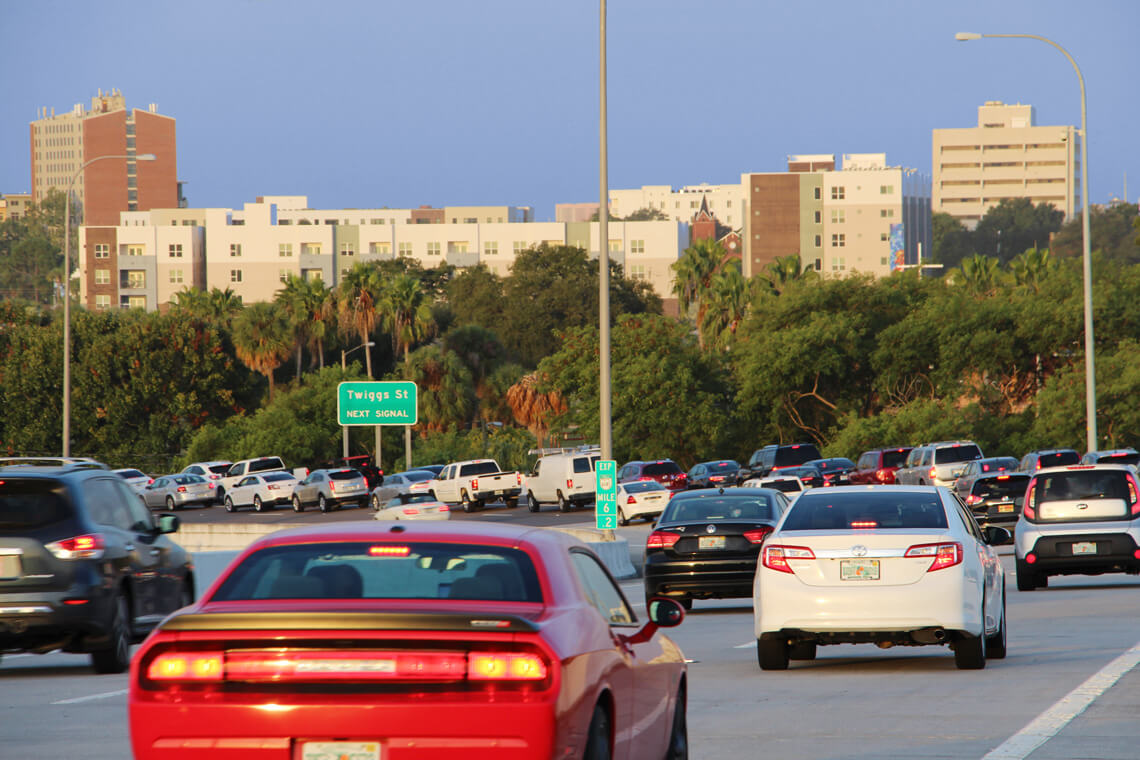
MORNING BACKUPS
Roadways: Lee Roy Selmon Expressway
As westbound commuters approach the downtown terminus of the Lee Roy Selmon Expressway’s Reversible Express Lanes, they enter a sharp curve ending at a traffic light at the intersection of East Twiggs Street and Meridian Avenue. Morning traffic backs up at this intersection, increasing the risk of rear-end crashes. Drivers on the express lanes who participate in the THEA Connected Vehicle Pilot receive warnings when motorists on the road ahead have suddenly slowed down or come to a stop. Their vehicles also alert them when they are approaching the curve at an unsafe speed.
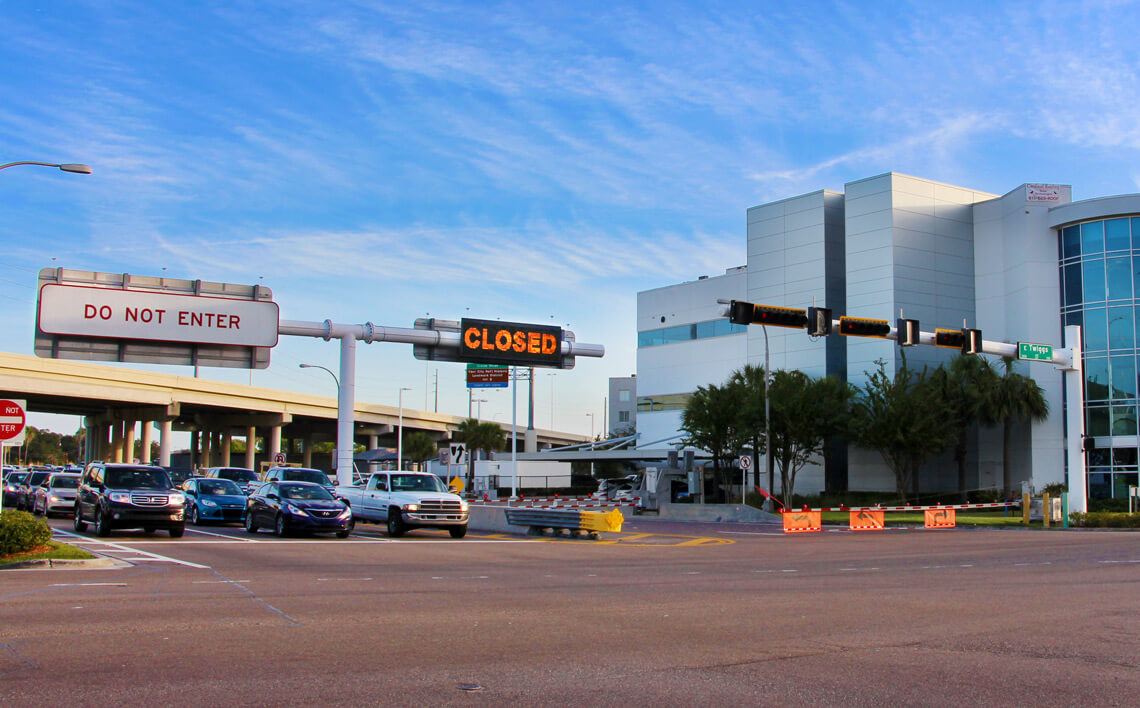
WRONG-WAY DRIVERS
Roadways: Lee Roy Selmon Expressway, East Twiggs Street, North Meridian Avenue
The downtown terminus of the Lee Roy Selmon Expressway’s Reversible Express Lanes is a potential entry point for wrong-way drivers. The THEA Connected Vehicle Pilot aims to reduce the risk of collisions by warning wrong-way drivers before they get on the expressway. Other connected vehicles on the express lanes also receive warnings when a wrong-way driver is approaching.
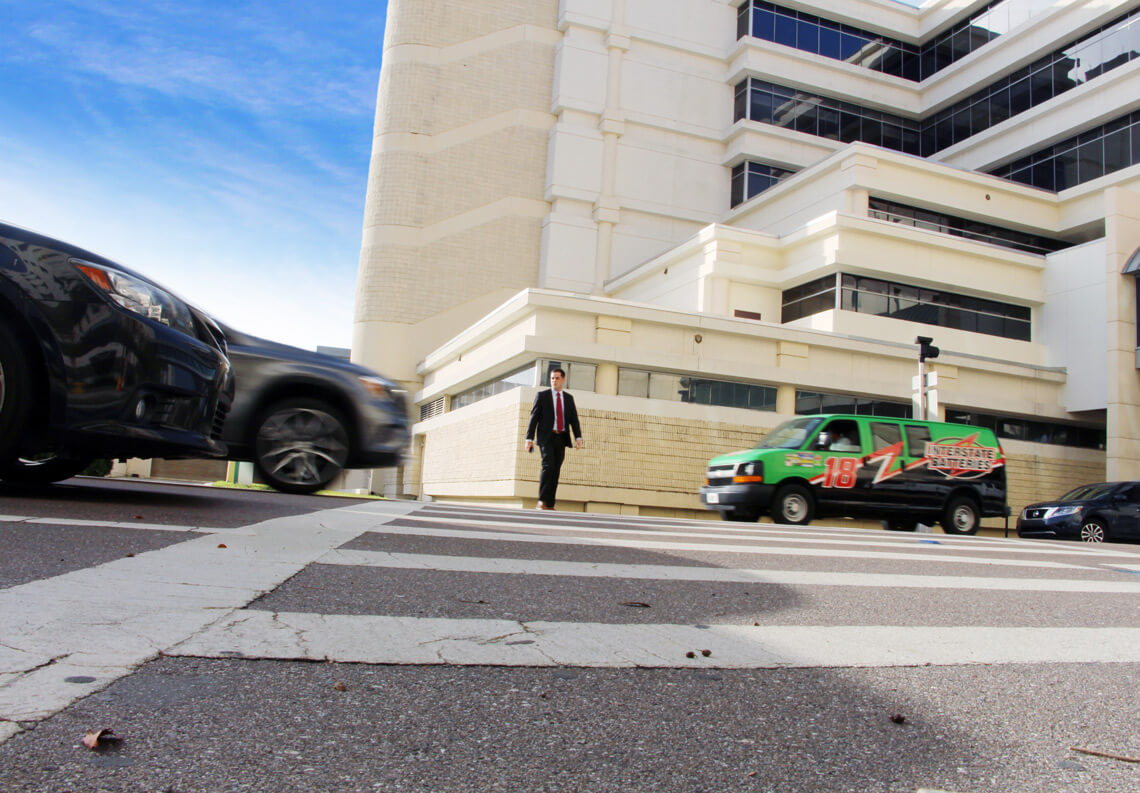
PEDESTRIAN SAFETY
Roadways: East Twiggs Street
The THEA Connected Vehicle Pilot has installed connected vehicle technology at the midblock crosswalk on East Twiggs Street at the Hillsborough County Courthouse to improve pedestrian safety. When sensors detect a pedestrian in the crosswalk, roadside equipment broadcasts that information to connected vehicles in the vicinity, and their drivers will receive an alert.
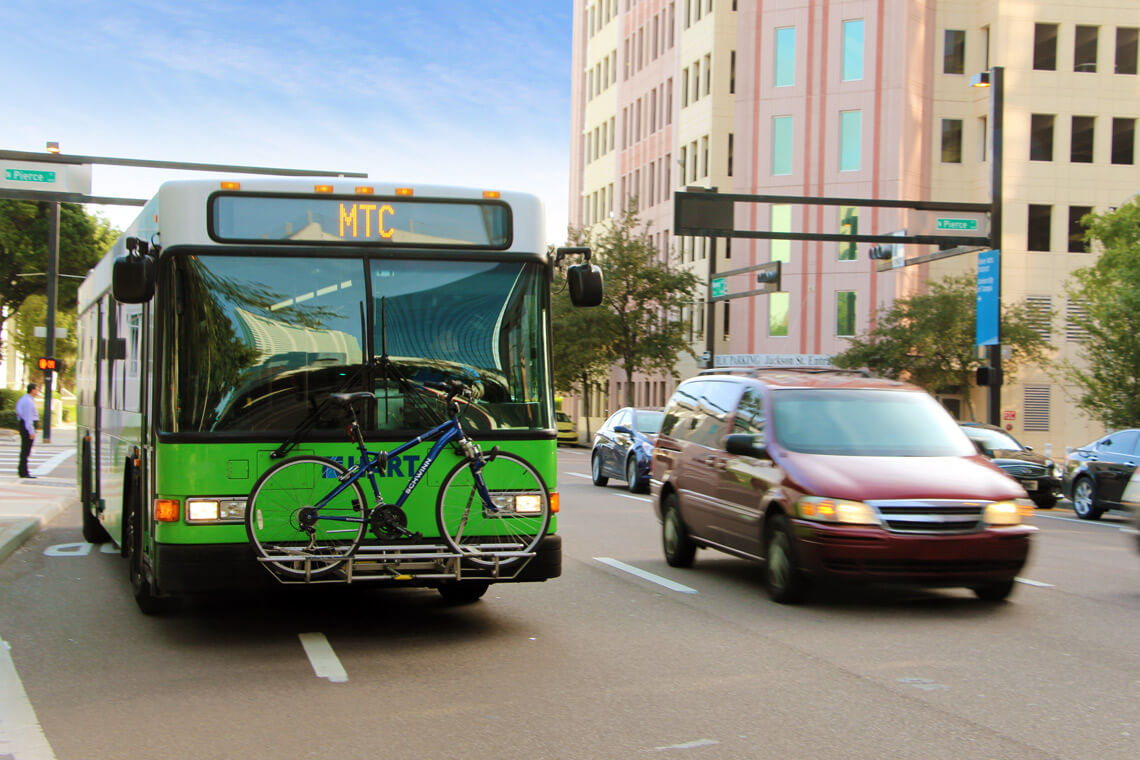
TRANSIT SIGNAL PRIORITY
Roadways: North Marion Street, East Kennedy Boulevard, East Jackson Street
The THEA Connected Vehicle Pilot has outfitted 10 Hillsborough Area Regional Transit (HART) buses with equipment that enables them to communicate with traffic signals on their routes. Downtown traffic congestion can prevent HART buses from reaching their stops on time, causing them to fall behind schedule. The signals can prioritize bus movements when necessary to keep buses on schedule.
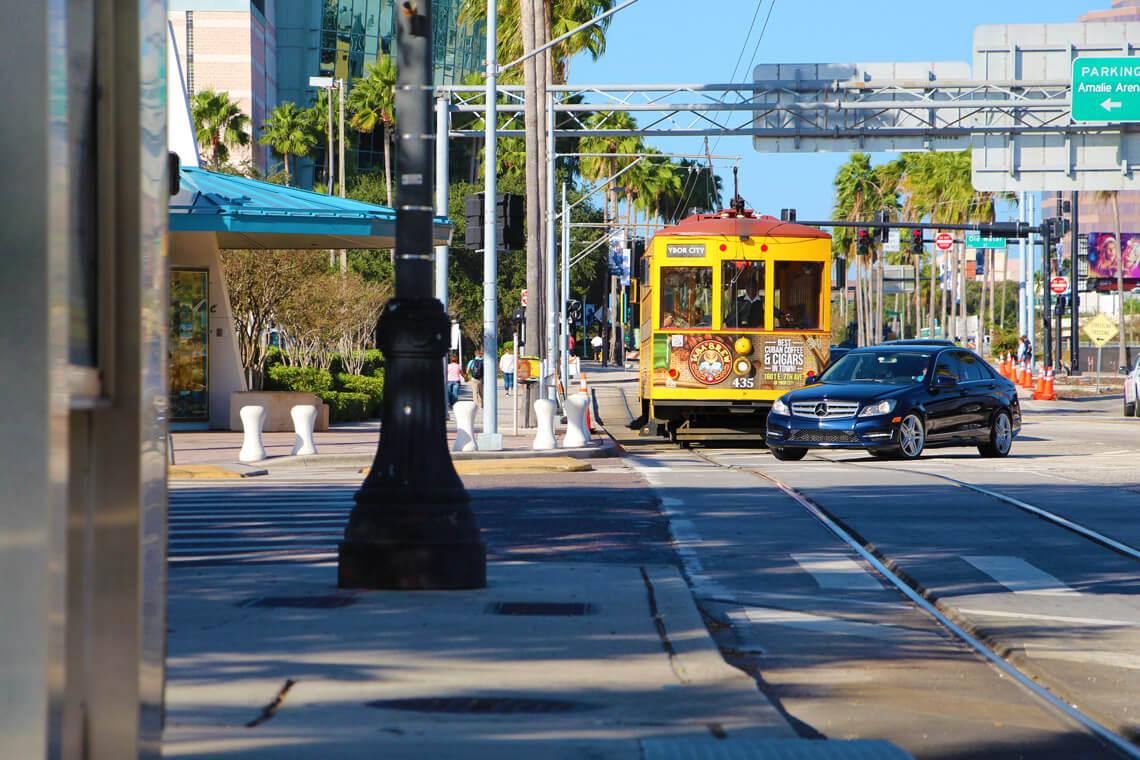
STREETCAR CONFLICTS
Roadways: Channelside Drive
The TECO Line Streetcar System is an electric trolley line that roughly follows Channelside Drive between downtown Tampa and Ybor City. The THEA Connected Vehicle Pilot has equipped TECO Line streetcars with devices that enable them to communicate wirelessly with other connected vehicles. Streetcar operators receive a warning when another connected vehicle is about to cross the track ahead, reducing the risk of a collision.

TRAFFIC PROGRESSION
Roadways: Meridian Avenue, North Nebraska Avenue, Florida Avenue
Connected vehicles communicate with some traffic signals on Meridian, North Nebraska and Florida avenues to optimize signal timing and improve traffic flow. Drivers of connected vehicles also receive an alert when it is not safe to enter an intersection. For example, the car can alert its driver to the approach of another connected vehicle on a cross street that may be out of the driver’s view. The City of Tampa’s Traffic Management Center also captures connected vehicle data to improve system-wide performance.
